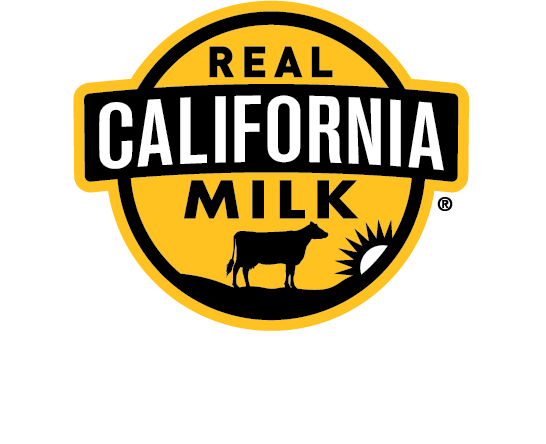From the Fall 2017 Newsletter
Butter a Natural Choice for Foodservice Operators
Chefs Prefer the Cooking Properties & Flavor of Butter

Driven by strong consumer demand for natural food products, butter has enjoyed a significant resurgence compared with margarine.
Today butter is the product of choice, not only in the home, but also among foodservice operators. Some chain and independent foodservice operators capitalize on this trend by switching from margarine to butter and promoting it across their menu options. Butter has the power to improve the flavor and perception of menu items.
Per capita consumption of butter surpassed margarine in 2005 and the gap widens each year, according to the U.S. Department of Agriculture. In 2012, Americans ate 5.6 pounds of butter per capita, an increase of 25 percent from 10 years ago. The USDA reported in 2015 that the United States produced 1.86 billion pounds of butter, with California accounting for 580.5 million pounds or 31 percent of the country’s production.
While used for many of the same purposes, butter and margarine are distinctly different. The primary factor that sets them apart is what they’re made from, and thus the types of fats they contain.
Butter is made from cream and churned until it reaches a solid state. One tablespoon of unsalted butter contains about 30 milligrams of cholesterol and 7 grams of saturated fat. All commercially sold butter in the U.S. must be at least 80 percent fat. Margarine on the other hand: Partially Hydrogenated Vegetable Oils and Trans-Fats, a real no-no for consumers.
Butter is a simple, natural food that doesn’t require any heavy processing. Its unique flavor, melting and cooking properties make it a must-have for home and foodservice kitchens. It is unsurpassed for cooking and baking, including sauces, compounds, candy-making and as a simple spread. Chefs prefer butter because its high fat content yields the most anticipated results, such as texture, tenderness and flakiness. In cakes, cookies, and pastries, butter provides richer flavor because it begins as cream. Salted butter is often used for the table and general cooking uses, while unsalted butter is best for baking and in seafood dishes. Both can be substituted for each other depending on personal taste.
Consumer demands for natural, healthy foods have also played a part in butter’s recent resurgence – some nutritionists have even called it a superfood. For example, butter contains conjugated linoleic acid, which is an anti-inflammatory fatty acid, as well as Vitamin A, trace minerals, including the antioxidant Selenium, iodine, Vitamin K2 and other nutrients.
For an array of recipes that use real butter, please visit the California Milk Advisory Board’s webpage: http://www.realcaliforniamilk.com/foodservicerecipes/.

